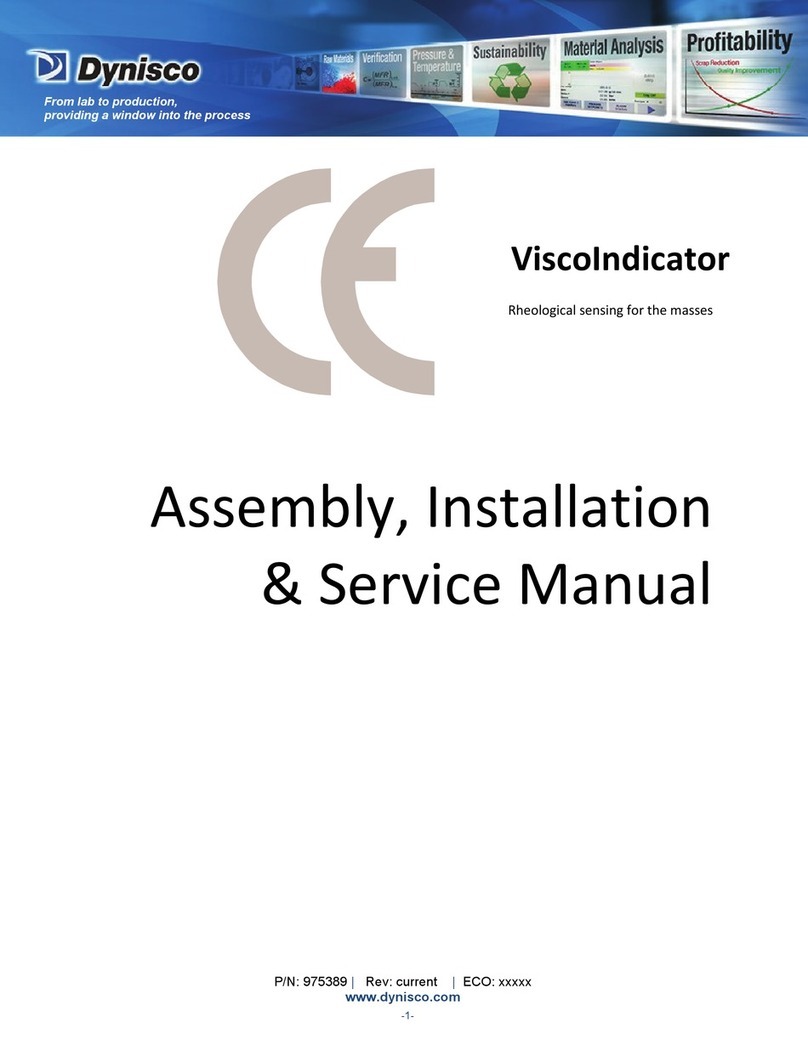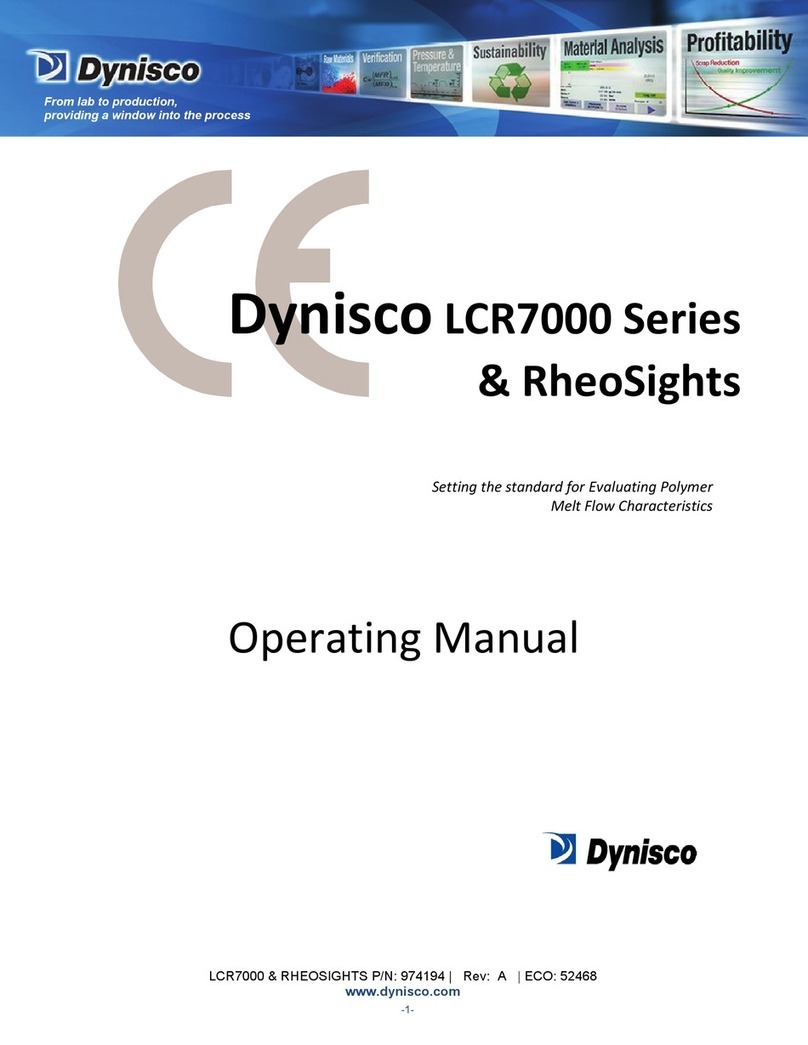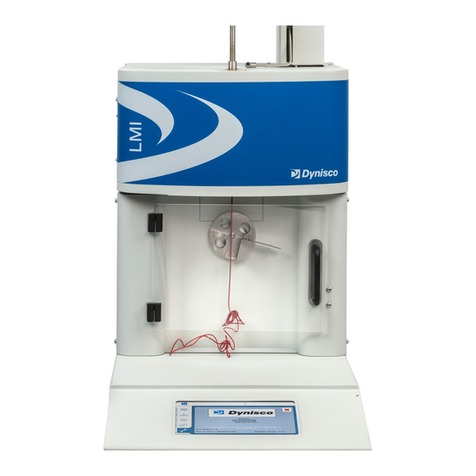
Series 4000: A Guided Tour 12
Four Options from the main menu screen.....................................................................................................12
Overview.........................................................................................................................................12
Setup ...............................................................................................................................................12
Edit..................................................................................................................................................12
Run..................................................................................................................................................12
System.............................................................................................................................................12
Navigating the Keypad..................................................................................................................................13
Introduction.....................................................................................................................................13
The Keypad.....................................................................................................................................13
Keypad Definitions.........................................................................................................................14
Configuring the Instrument 15
Intro: The SYS (SYSTEM) Mode.................................................................................................................15
Selecting CALIB (Calibration) in the SYS Mode.........................................................................................16
CALIB:Digital Flag Home..............................................................................................................16
CALIB:RTD Electronics.................................................................................................................16
CALIB:RTD Sensor........................................................................................................................16
CALIB:Optical Flag........................................................................................................................16
CALIB:Intrinsic Viscosity Offset...................................................................................................16
Selecting TEST in the SYS Mode.................................................................................................................17
TEST:RTD Display ........................................................................................................................17
TEST:Digital Encoder ....................................................................................................................17
TEST:Printer...................................................................................................................................17
TEST:Display Brightness ...............................................................................................................17
The SETUP mode .........................................................................................................................................17
Introduction.....................................................................................................................................17
REJECTION...................................................................................................................................17
AVERAGE .....................................................................................................................................17
MFR / MVR....................................................................................................................................17
B FLAG ..........................................................................................................................................17
VISCOSITY....................................................................................................................................17
PRINTER........................................................................................................................................17
FORM FEED..................................................................................................................................17
COMM PORT.................................................................................................................................18
MINI LIFT......................................................................................................................................18
PNEU LIFT.....................................................................................................................................18
LOCKOUT .....................................................................................................................................18
DATE and TIME ............................................................................................................................ 18
MACHINE ID.................................................................................................................................18
LANGUAGE ..................................................................................................................................18
ORIFICE DIA.................................................................................................................................18
ORIFICE LEN................................................................................................................................18
Programming.................................................................................................................................................18
Introduction.....................................................................................................................................18
Create (New)...................................................................................................................................18
Recall (Old).....................................................................................................................................18
Save Program..................................................................................................................................18
While EDITING .............................................................................................................................18
Method A Run Parameters..............................................................................................................19
Method A/B Run Parameters..........................................................................................................19
Method B Run Parameters..............................................................................................................19
RATIO (Flow Ratio) Run parameters..............................................................................................20
Series 4000 Melt Indexer Operation Manual Contents
ii































